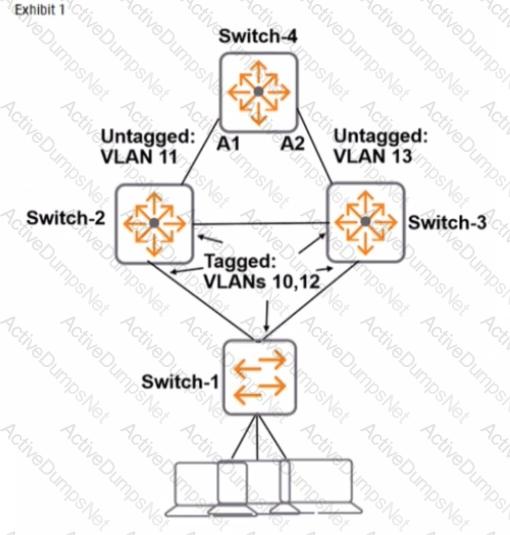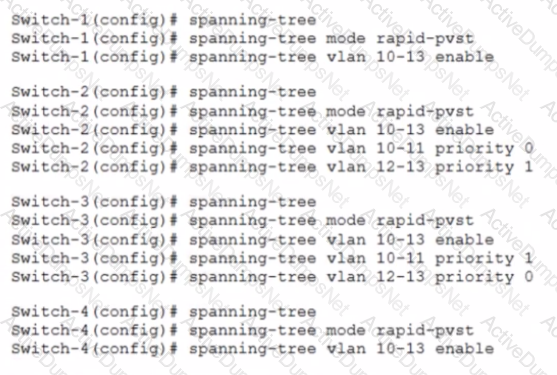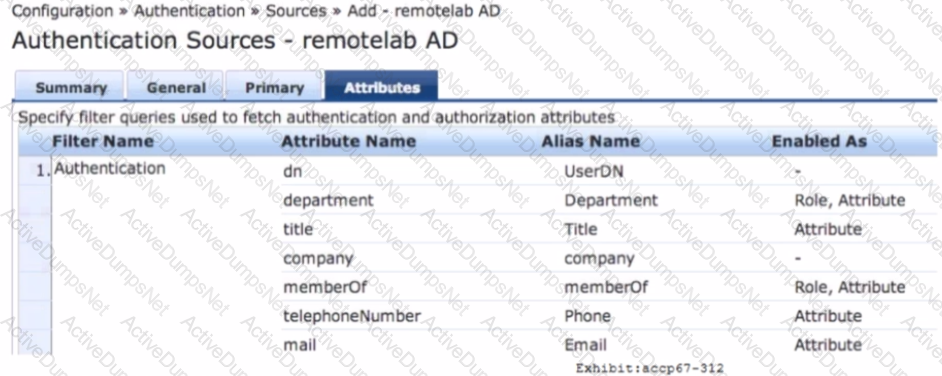HP HPE6-A75 Aruba Certified Edge Professional Exam Exam Practice Test
Aruba Certified Edge Professional Exam Questions and Answers
A network administrator wants to use Aruba AirWave to audit an AOS-Switch configuration. What rs one requirement?
Whichstatement is true about the Endpoint Profiler? (Select two.)
Refer to the exhibits.


The network administrator enters the commands shown in Exhibit 2. What is the spanning tree status on Al and A2?
An administrator supports a RAP to a branch office. Employees at the branch office connect to an employee SSID that allows for split tunneling of the employee traffic. The RAP initially connects to the corporate office controller, but later loses connectivity to it.
Which operating mode should the administrator configure for a secondary SSID to be advertised during the loss of connectivity?
Which technologies can prevent split brain in a VSF fabric that includes Aruba 2930F switches?
A company requires AOS-Switches at the campus core. The switches:
- Will act as the default gateways for several campus VLANs
- Must provide redundancy for their services and tolerate the loss of a link or an entire switch
- Must recover from the failure of one of the switches within a second or less
VRRP and MSTP are proposed to meet these requirements. What is an issue with this proposal?
What are Operator Profiles used for?
Refer to the exhibit.

Based on the Attribute configuration shown, which statement accurately describes the status of attribute values?
An administrator configures the MultiZone feature for a company network, where a mobility cluster is the primary zone and a standalone controller in the company’s DMZ represents a secondary data zone. The administrator configures two AP Groups and respective VAPs for the zones on the Mobility Master (MM) in the primary zone. When the APs boot up and establish connections to both zones, the administrator notices that no data connections are established to the data zone.
What must the administrator do to fix this problem?
